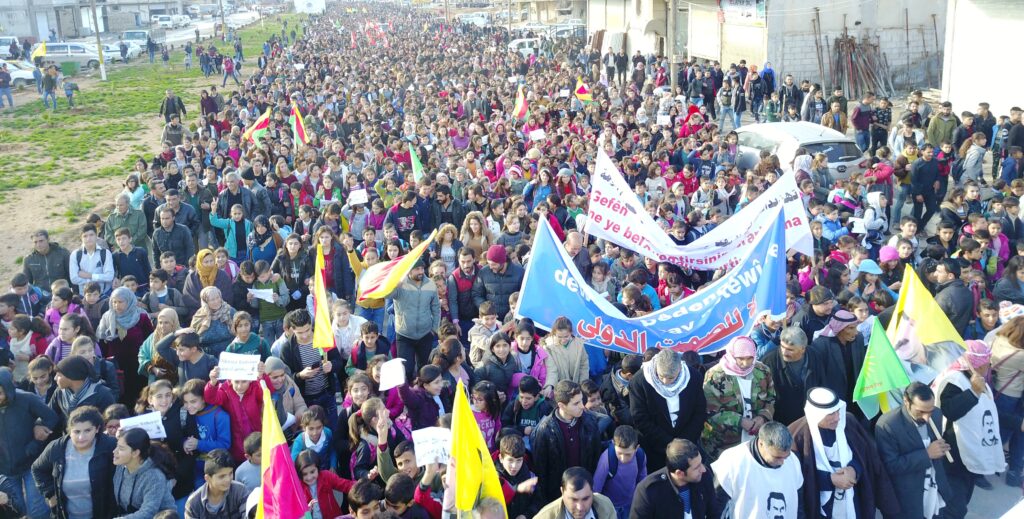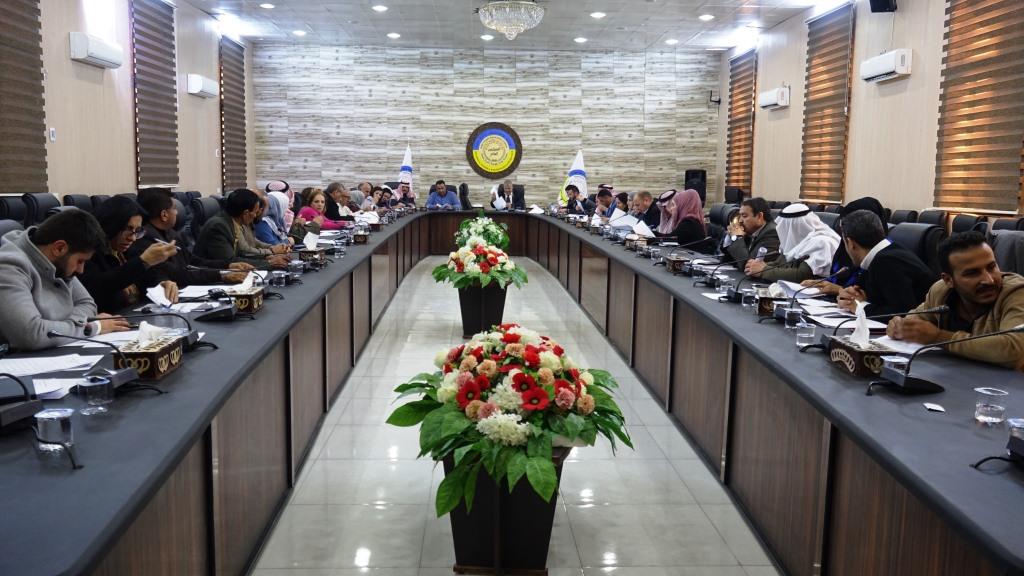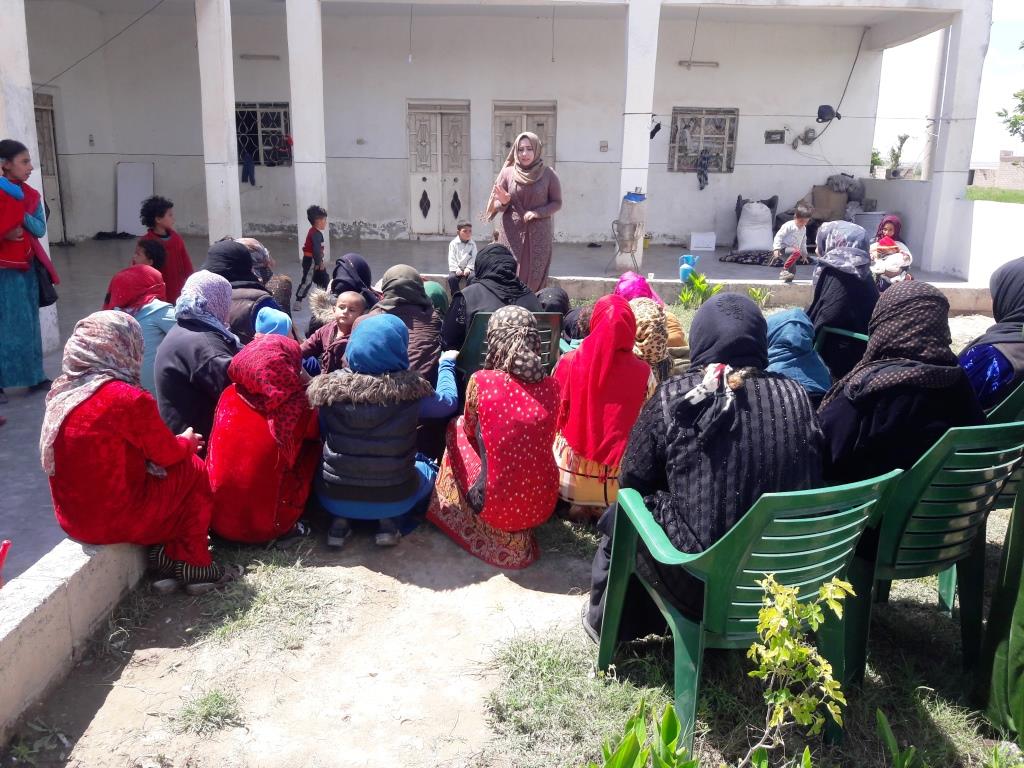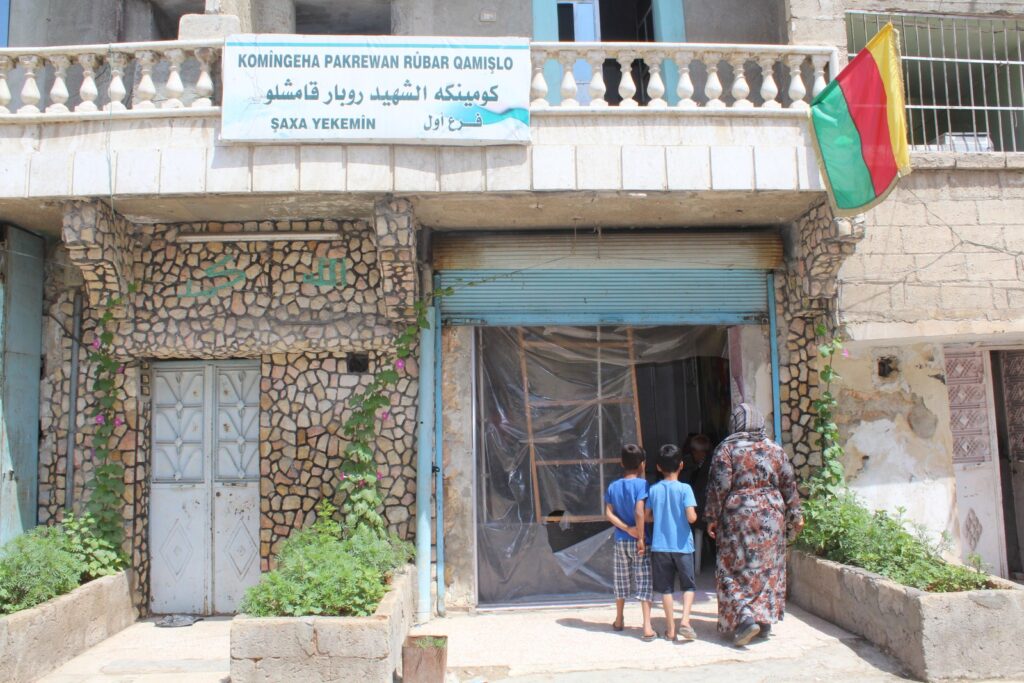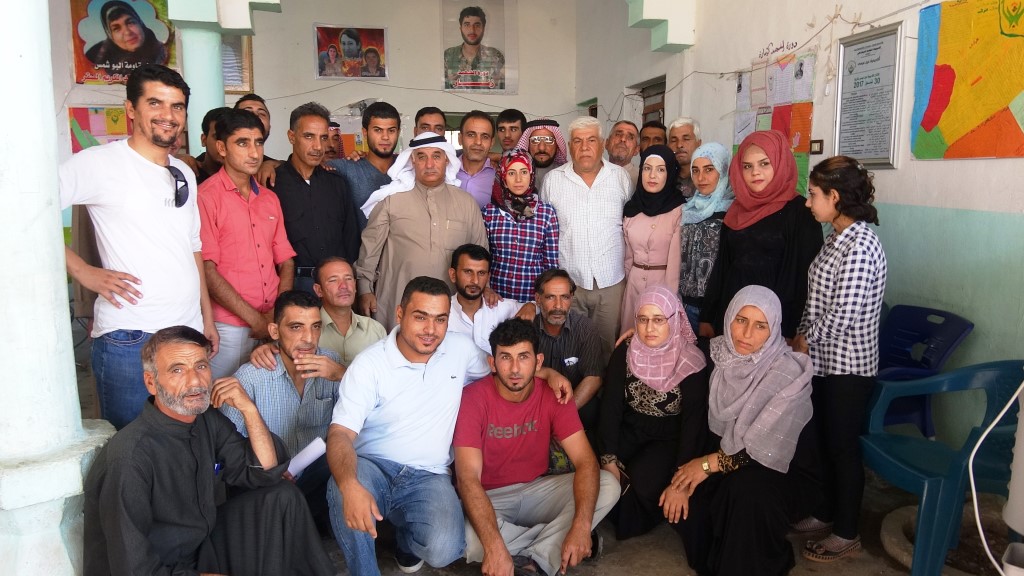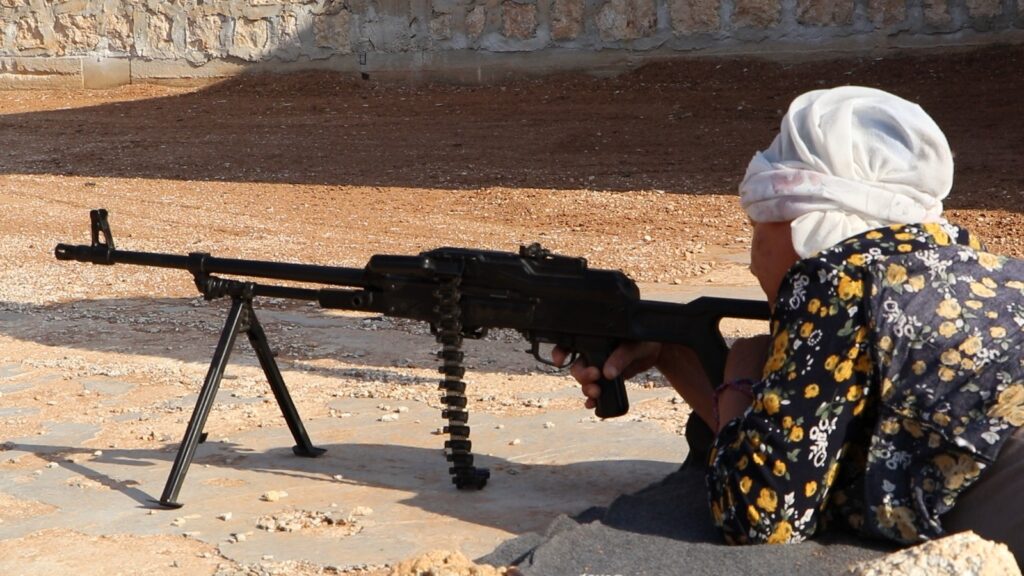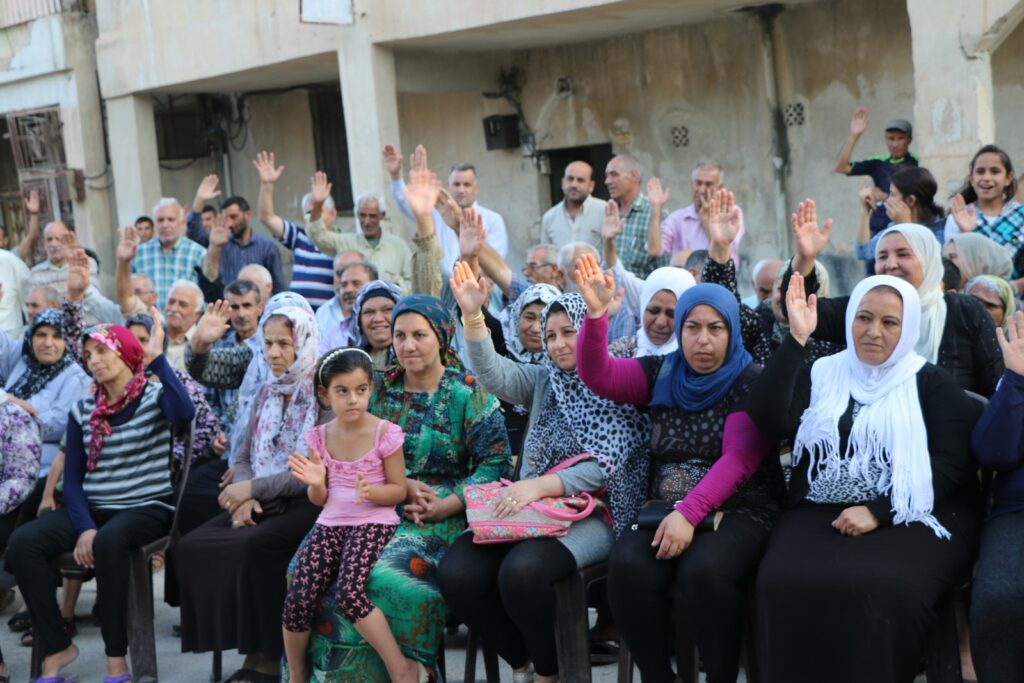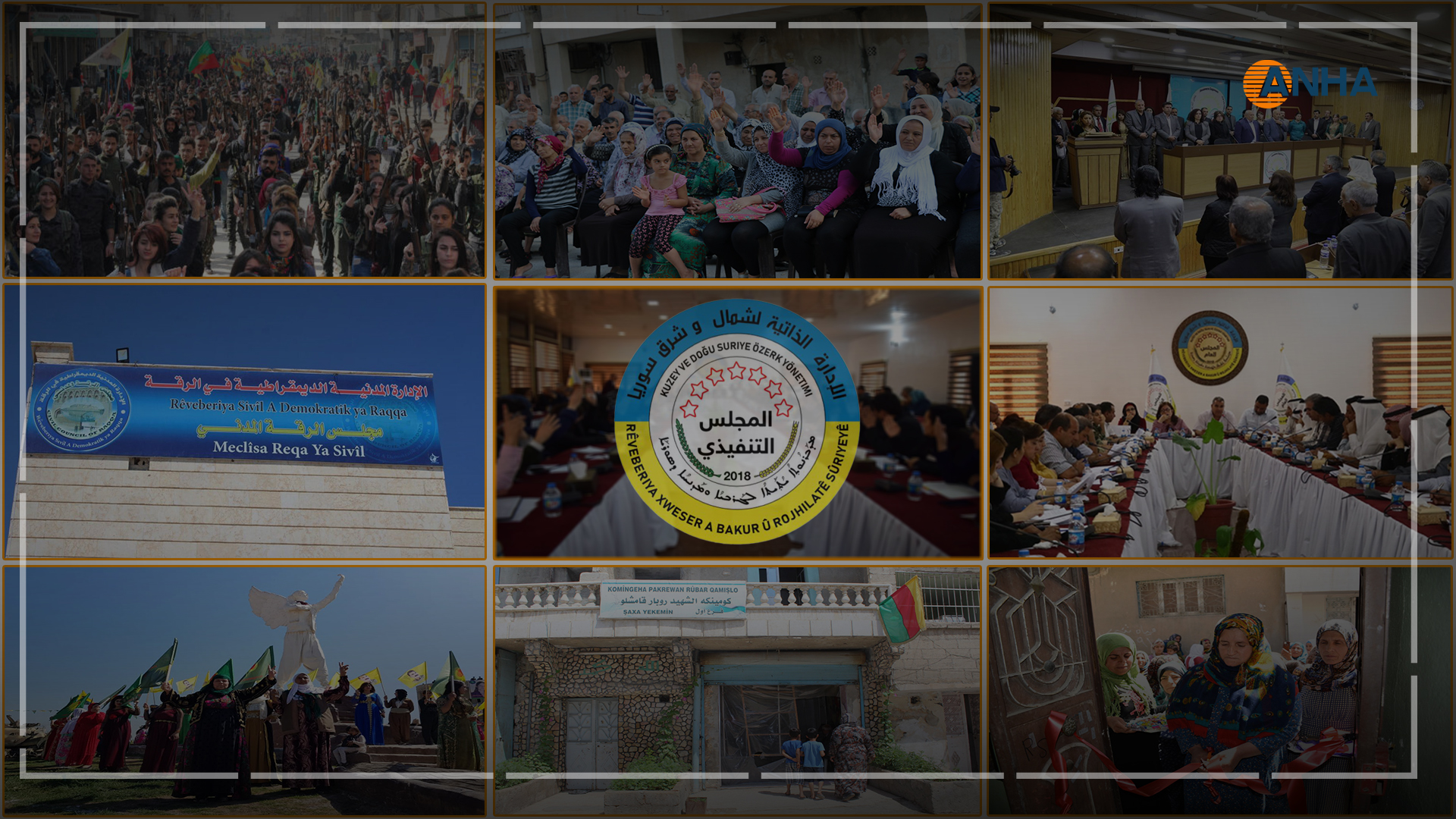The revolution of North and East Syria is 11 years old. How it was formed and turned into a cornerstone for a democratic autonomous administration system?
The revolution of North and East Syria is entering its 12th year. During these years the region was liberated from the dominant forces and protected from their attacks while the formation of the democratic Autonomous Administration system began.
The leaders of the Autonomous Administration set their sights on perpetuating and spreading the revolution as a goal in the second decade of the revolution’s life.
From the political arena to defence, culture, economy and women, the aim is to fill the gaps in the field of community organisation and service delivery.
So how did this system get to this point? How is it formed?
How do you form an Autonomous Administration?
On July 19, 2012, the dominant powers were expelled from the region and a defensive system was established. Politically, there was a strong ground in the region. Powerful and political parties were carrying out their activities. At that time, there was the Democratic Union Party and the People’s Council of Western Kurdistan, and the Kurdish Supreme Authority was performing the task of coordinating between the political forces in the region. In general, there was a historical experience of political struggle.
But the thing that started for the first time, and became an example, was the formation of the Autonomous Administration system. This system, which is based on the philosophy of leader Abdullah Ocalan, created great interaction among the Kurds and the other peoples of the region. This was the first time that the people would manage themselves in the field of training, organisation and defence.
The first step was to form the role of the people in 2012, in the liberated regions, cities, towns and villages. In these areas, the people were made aware through meetings and training courses of the importance of managing themselves at various levels. At that stage, security was the most prominent issue, and on this basis the people took their first steps in establishing a self-defence system, and formed small groups for defence.
Another most important issue was the development of relations between the components of the region that were divided by the policies of authoritarian regimes. With regard to developing women’s will and providing services, the first steps were launched.
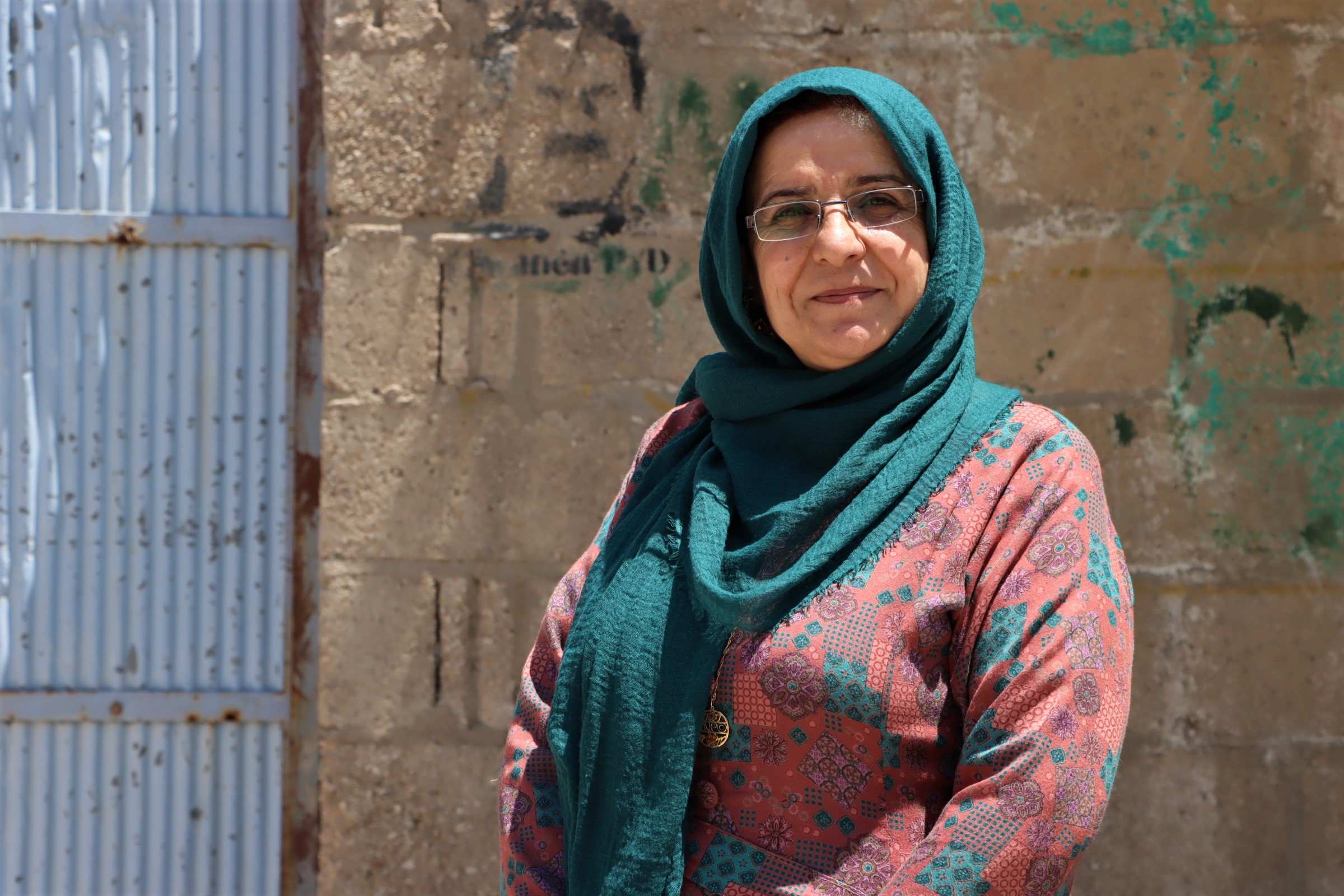
Shaha Khalil, one of the founders of the role of the people, says that “the role of the people is one of the basic foundations on which our revolution was built, and it took the society as the first building block to organise the revolution. On the basis of this we worked at the time to reunify society and restore communal life, organising society in training, economics, service, as well as intellectually, and resolving the differences between the people.”
Communes
With the development of the role of the people, the features of the Autonomous Administration system began to form, and thus the people’s role turned into communes that represent a broader form of organisation. This is how thousands of communes were established in neighborhoods and villages. Under the communes’ roof, reconciliation, training, defence, health, finance, culture, economy and services committees were formed. Each committee was enrolled in training courses in order to perform its work professionally. Women and youth communes were also formed.
The commune and its affiliated committees formed the first nucleus of the Autonomous Administration system later on. Each committee affiliated with the Commune later turned into an institution in its own right. For example, the defense committees in the communes were transformed into the “HPC.”

While the co-chair of the commune of Martyr Roken in the Corniche neighborhood in the city of Qamishlo, Mohammad Ali Maswar, confirms that the commune is still a social school for the people of the region and a place for the components of the region to gather, and he said: “We are working to meet the needs and demands of the people, and solve their social, service and other problems.”
Councils
The communes, which carried out their work among the ranks of society, were transformed into a broader and higher organisational ceiling and organised themselves in the form of councils. Within this framework, councils were established in neighbourhoods, cities and villages. The councils were formed from representatives of communes and service institutions such as the municipality and defence institutions.
In order to facilitate the work, the neighborhood councils merged and formed the city council, and similar steps were taken in the districts and towns.
In December 2013, a decision was taken to follow the system of joint presidency of the councils and communes in the first conference of the councils of cities, districts and towns.
AANES
In late 2013, a step forward was taken in establishing the Autonomous Administration system, and a social contract charter was prepared that provided for the adoption of 3 official languages (Arabic, Kurdish, and Syriac) and allowing the other peoples to learn their languages. It also stipulated that the representation of women should not be less than 40 percent in the various institutions, and stressed the need for representation of the various components of the region in the Autonomous Administration system.
According to the Charter of the Social Contract, the Autonomous Administration system is based on 3 pillars, which are the Legislative Council, the Executive Council, and the Supreme Court.
After that, the Legislative Council was established in the Jazira district, according to the Charter of the Social Contract, which divided the region into districts. The Legislative Council and the Executive Council of the Democratic Autonomous Administration of the Jazira canton were formed, which was officially announced on January 21, 2014, and Akram Hesso was the first president of the Executive Council. Similar steps were followed in the cantons of Kobani and Afrin on January 27 and 29, respectively.
Because of the geographical discontinuity between the three cantons, there were no direct relations between their Autonomous Administrations, but there was a coordinator for the three departments.
Bodies were established under the roof of the Autonomous Administrations according to the needs of each canton. Through these bodies, the systems of education, health, defence, economy, culture, women, youth and services were formed.
Role of the people, communes, and councils.
In 2016, the Coordination of the Autonomous Administration of the three provinces was transformed into the Democratic Federation of Northern Syria. In the same year, the Legislative Council of Jazira canton approved, in its session in March, the co-chairmanship system in the bodies, departments, and institutions of the Autonomous Administration, and also approved raising the proportion of women’s representation from 40 percent to 50 percent.
After 2015, the areas of the Autonomous Administration expanded, and many areas were liberated from the mercenary groups affiliated with Turkey (Raqqa, Tel Abyad, and Manbij), and this pushed the administration another step forward. With these developments, the Autonomous Administration of North and East Syria AANES was declared on September 6, 2018.
The Autonomous Administration of North and East Syria includes 3 regions: Jazira, the Euphrates and Afrin. In each canton there are executive and legislative councils, and each legislative council issues laws that pertain to its region. Then there is the General Council in the Autonomous Administration of North and East Syria that enacts laws that pertain to North and East Syria.

